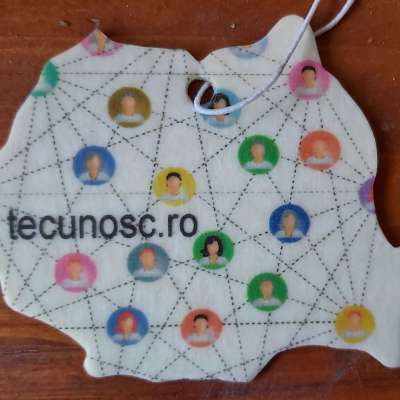Cracking the Code of Cost Allocation: The Role of Direct and Indirect Costs in Cost Accounting
Embarking on cost accounting assignments can be a daunting task for students, especially when confronted with topics that delve into the intricacies of cost allocation. The discovery of domyaccountingassignment.com, a website offering expert assistance and celebrated as a beacon for "cost accounting Homework Help," emerges as a valuable resource for students grappling with the complexities of this field. In this blog, we will focus on a crucial topic in cost accounting – Direct and Indirect Costs. Understanding the nuances of these costs is not only essential for academic success but also forms the foundation for accurate financial reporting and strategic decision-making.
Question:
Q: What distinguishes Direct and Indirect Costs in cost accounting?
Answer:
Direct Costs are expenses directly attributable to a specific product, service, or project, while Indirect Costs are incurred for the benefit of multiple cost objects and cannot be easily traced to a specific product or service. Properly distinguishing and allocating these costs is crucial for businesses as it ensures accurate product costing, facilitates effective budgeting, and aids in assessing profitability. Let's delve into the significance of Direct and Indirect Costs and explore their practical application in cost accounting.
Understanding Direct and Indirect Costs:
Direct Costs:
Direct Costs are directly tied to the production or creation of a specific product or service. These costs can be easily traced and assigned to a particular cost object. Examples include direct materials, direct labor, and direct expenses.
Indirect Costs:
Indirect Costs, on the other hand, are not easily traceable to a specific product or service. These costs benefit multiple cost objects and are incurred for overall business operations. Examples include rent, utilities, and salaries of support staff.
Practical Application of Direct and Indirect Costs in Cost Accounting:
A student is tasked with calculating the total production cost of a smartphone. Evaluate the significance of distinguishing and allocating Direct and Indirect Costs in this scenario.
In calculating the total production cost of a smartphone, the student can apply the principles of Direct and Indirect Costs as follows:
Identifying Direct Costs:
Direct Costs for the smartphone production would include the cost of raw materials (direct materials), wages of workers assembling the phones (direct labor), and any other expenses specifically associated with the production process.
Tracing Indirect Costs:
Indirect Costs, such as factory rent, utilities, and salaries of support staff not directly involved in smartphone assembly, are more challenging to allocate to a specific unit. These costs need to be distributed among the smartphones produced.
Allocation Methods:
Various allocation methods, like activity-based costing or predetermined rates, can be used to distribute Indirect Costs more accurately. For instance, factory rent might be allocated based on the square footage each product occupies in the production area.
Calculating Total Production Cost:
By summing up the Direct Costs and the allocated portion of Indirect Costs, the student can calculate the total production cost per smartphone. This figure provides a comprehensive view of the expenses incurred in bringing the product to market.
Impact on Decision-Making:
Product Pricing:
Accurate cost allocation ensures that product pricing reflects the true cost of production. This aids businesses in setting competitive yet profitable prices for their products.
Budgeting and Forecasting:
Properly distinguishing Direct and Indirect Costs is essential for effective budgeting and forecasting. It helps businesses allocate resources efficiently and plan for future production.
Profitability Analysis:
Conclusion:
In the dynamic realm of cost accounting, mastering concepts like Direct and Indirect Costs is crucial for students aiming to excel academically and in future professional roles. With resources like domyaccountingassignment.com offering "cost accounting Homework Help," students can access the guidance needed to navigate the complexities of this field with confidence. As they engage with cost accounting assignments, a profound understanding of Direct and Indirect Costs ensures students are well-equipped to contribute to accurate financial reporting, strategic decision-making, and overall financial success in the realm of business management.
visit: https://www.domyaccountingassi....gnment.com/do-my-cos
#costaccounting #homeworkhelp
Îmi place
Comentariu
Distribuie





